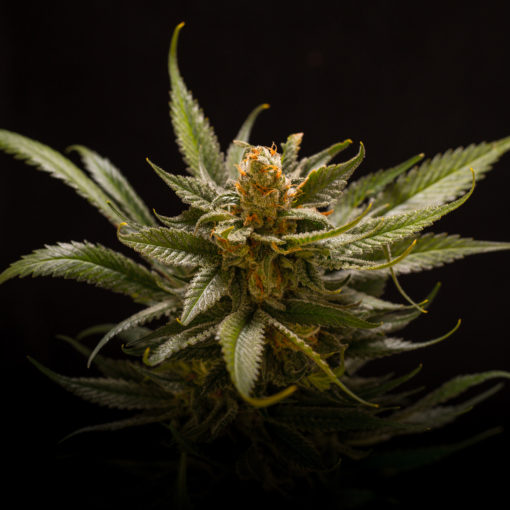If you’re like me, you’re unsure of exactly what tax exemptions and benefits exist for first nations in Canada. While I won’t be diving into ethical topics throughout this article my goal is to include a rather simplistic overview of what tax exemptions first nations peoples are eligible for, who is eligible and common misconceptions of these benefits. First, to obtain status as a first nation within Canada you must first apply to become a recognized status Indian as defined in section 6 of the Indian Act (1985). In order to receive tax exemptions and other benefits status Indians must live on or work in a reserve within a federally recognized band. With tuition on the rise throughout the entirety of the nation education represents a good starting point to examine. Last year, the Post-Secondary Student Support Program (PSSSP) supported more than 22000 status-Indian students to attend post-secondary education institutions. Status Indians can apply for the program that allows them the opportunity to attend universities, CGEP programs and trade programs. The PSSSP saw roughly 320 million dollars invested between the year 2013 and 2014. With this assistance available to a large proportion of status Indians there seems to be ample opportunity available in regards to furthering education. With Justin Trudeau’s recent introduction of higher taxes for business within Canada you may be wondering if this applies to businesses owned by first nations. In accordance with the Indian Act (1985) and the Income Tax Act (1985) businesses operated on a reserve are exempt from paying tax based on revenue earned. An important note however, is that corporations operating on reserves must still pay corporate taxes. While they must still pay corporate taxes they can distribute costs and revenue associated with the corporation to other areas of the reserve or band. This allows for corporations to maximize impact for their reserves while limiting tax payments. Finally, there is a common misconception that status Indians do not pay GST or HST. While there is some truth to this it generally only applies to goods purchased on a reserve or purchased off of the reserve and shipped to the reserve. While all this may seem pretty lucrative the reality is that not many people are actually eligible for these benefits. According to a Statistics Canada report on Aboriginal Peoples in Canada: First Nations People, Métis and Inuit (2011) roughly half (49.3%) of all registered Indians lived on a reserve. As a result, this means that roughly 315000 status Indians were eligible for the tax exemptions laid out in the Indian Act (1985). While this still seems like a large number of those eligible this number also includes children so, in reality, the number is actually even smaller. With the Canadian population sitting at roughly 36.7 million, this means that at a maximum 1% of Canadians can actually claim these benefits. Surprised? So I am, to be quite frank I thought this number would be much higher. To summarize, there does exist quite lucrative tax benefits to those who are registered status Indians as described in section 6 of the Indian Act (1985). There exists a fairly lucrative education incentive and support program for status Indians in the form of the PSSSP. Status Indians who live on a reserve are exempt from HST and GST when purchasing on the reserve or having goods shipped to the reserve. While corporations on reserves still pay taxes, they can manipulate revenue numbers to maximize profits for the reserve and its people. Finally, while these exemptions are quite lucrative compared to non-status Canadians it’s only a very small portion of the entire Canadian population that is privy to the above benefits.
You may also like
Photo Photo by Jess Abtu found through Vecteezy.com As I write this, Canada is 12 days away from Bill C-45 (also […]
An Open Letter to the Incoming SRC. This open letter is meant to bring forward our concerns, suggestions, and foster collaboration. It […]
On October 14, it seemed that almost the entire internet mourned the death of Robbie Coltrane. Most of the people affected by […]
Dear Peter Rickets, Dale Keefe, and Henry Demone, I am writing as a disappointed student with many concerns about the current […]




